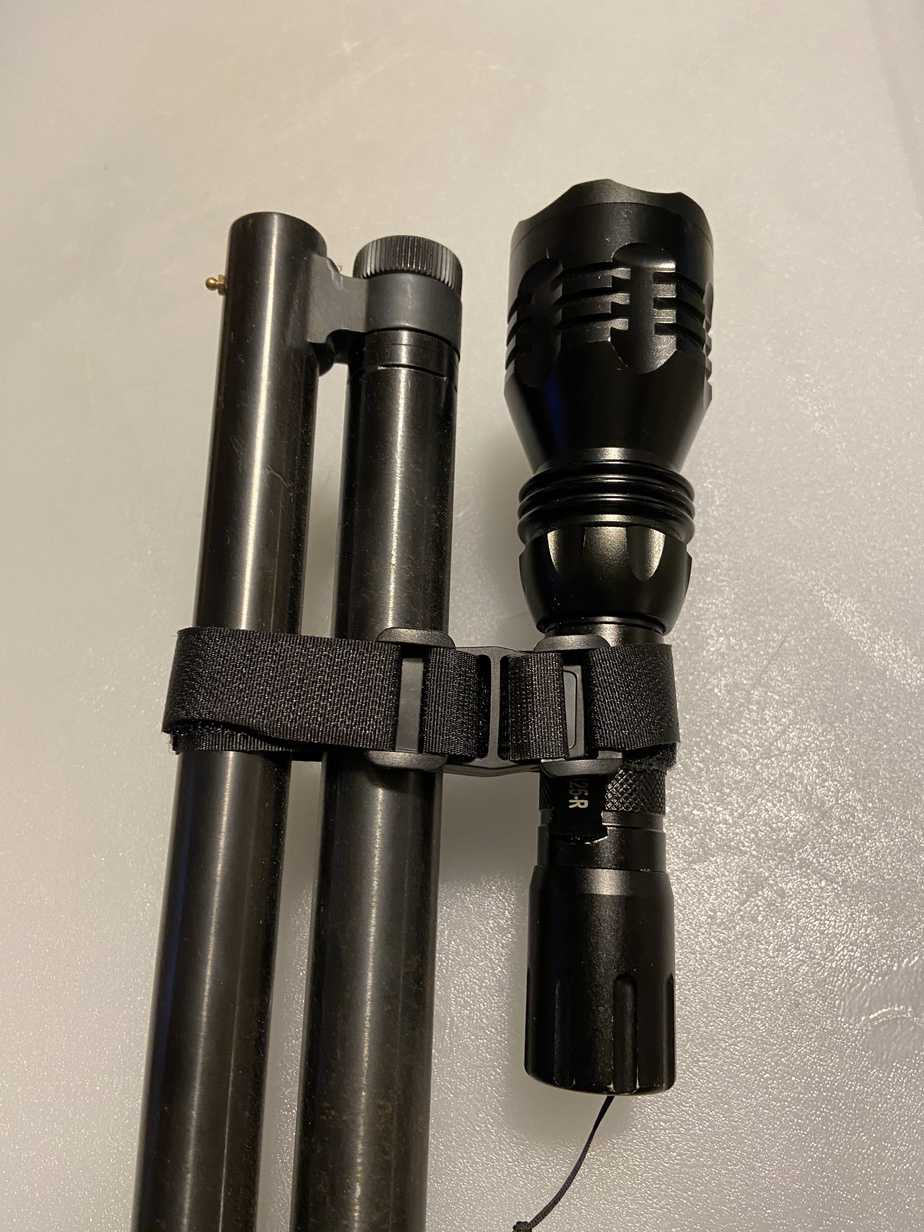Photo Shutterstock/Big Pants Production
Coyote hunting lights are one way to start a fight between a bunch of guys wearing scent blocker cologne, camo jackets, and hand caller neck jewelry.
Pick a color: Red, green, or white. Got one? Now claim that’s the only damn color of light you should use while night hunting predators. The room will instantly look like the bar room brawl from Blazing Saddles.
Before you and I get into a light fight, let me make a confession. I have never used a white light. I always believed it was impossible. Fortunately, the Night Crew have taught me the error of my ways. Allow me to repay them by directing you to one of their remarkable videos. I’m sure you will agree, this video is packed with information every predator should take into the field with them.
If you’re new, save a Sou.
That was a play on the old French word for a coin. I won’t do it again, I promise. Nevertheless, if you are just starting out, don’t spend too much money on a light. A good red or green hunting light—look for a well rated one that claims 200+ yards—should go for $150 or less.
I still have my first one! It is easy to strap on to a scope or a shotgun, ran a long time on a single set of batteries, and has been dropped, drowned, and one year it wasn’t found again till spring.

An attachable light like this let’s you hunt alone. Simply attach it to your scope or shotgun barrel—as long as its straight, you should get a wide beam of light that allows you to aim through your scope or over the shotgun sites. These small lights are very powerful, but you will hardly feel the weight they add.
My Orion isn’t available for sale anymore, but they’ve upgraded and produced another highly rated replacement for it. Check out all the different attachment devices that come with this one. If you purchase using the above link, I will receive a small commission—at no extra charge to you.
What does the coyote actually see?
There is no better expert on coyote vision than Mike Huff. I strongly urge you to buy his book: Understanding Coyotes: The Comprehensive Guide for Hunters, Photographers and Wildlife Observers.
I am not affiliated with Mr. Huff, I’m just a fanboy of his. However, if you buy his book using this link, I do receive a small commission—at no extra charge to you.
Want a taste of his coyote vision expertise? Try this:
Do yourself a favor, watch his hunting videos. Trust me, Mike Huff knows coyotes better than anyone else in the world.
So, red or green for your coyote hunting lights?
You’re still reading? Okay, then here’s my opinion: Red. I have used red and green a lot, but two things bothered me whenever I used green.
- Green does seem to reach out further (using the same light and switching bulbs will prove this to you), but I always felt like the light was unnatural and too strong. I actually “felt” like it was giving my position away.
- Boy howdy! The minute a deer or eastern coyote got that green light swept over them, did they take off! I never scored a single hit while using green lights.
Hey, I gave you the science, so don’t complain if you kept reading to see what I would say. I ain’t arguing with the likes of Mike Huff anyway.
Save money and skip the helmet light
You can hunt alone with a scope or barrel mounted light, but avoid the temptation to spend a penny on any color of helmet light. I don’t care what the lumen count or battery life is, they suck. Your neck will hurt, you’ll light yourself up when you try to look through your scope or sites, and they never stay in one dang place. Man, I get sick thinking of the money I wasted buying helmet lights.
In the final analysis, helmet lights are 1980’s technology. Let the coal miners where ‘em.
Hey, it’s 2021! You ain’t still laying Johnny Stewart calls on a Barbie record player, or are you?
Get an adjustable zoom For your coyote hunting light.
No matter what color you use, you always want to use the light to first scan for the coyote’s eyes. Buy a zoomable light and expand that beam out as much as needed to scan with. Once you got eyes, keep the beam from shining directly into the dog’s face. Just let the edge of the light give you a respectable target.
In any event, the first time you see a coyote’s eyes at night you’ll forget everything you learned. You’ll burn 500 lumen straight into the dog’s eyeballs, stun and blind it for 3 minutes, and scare it nearly to death before you realize what you are doing. That’s fine, just pull off the second you notice and shoot the poor, staggering mutt before he trips in the dark and hurts himself.
I got eyes! When do I shoot?
If it stares in your direction:https://thepredatorhunter.com/coyote-staring-at-you-shoot-now/
Now, go put more fur in the truck.

